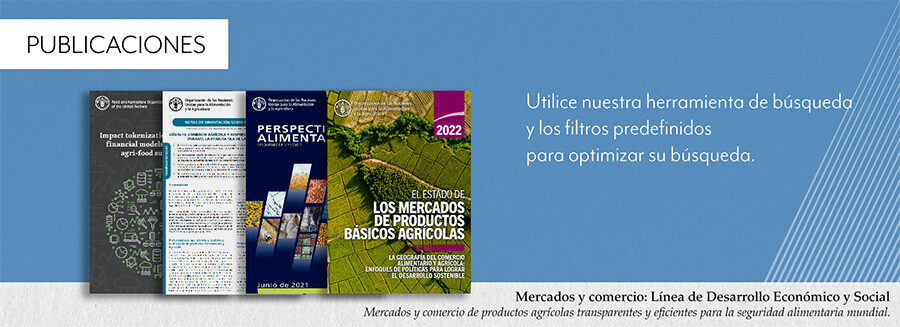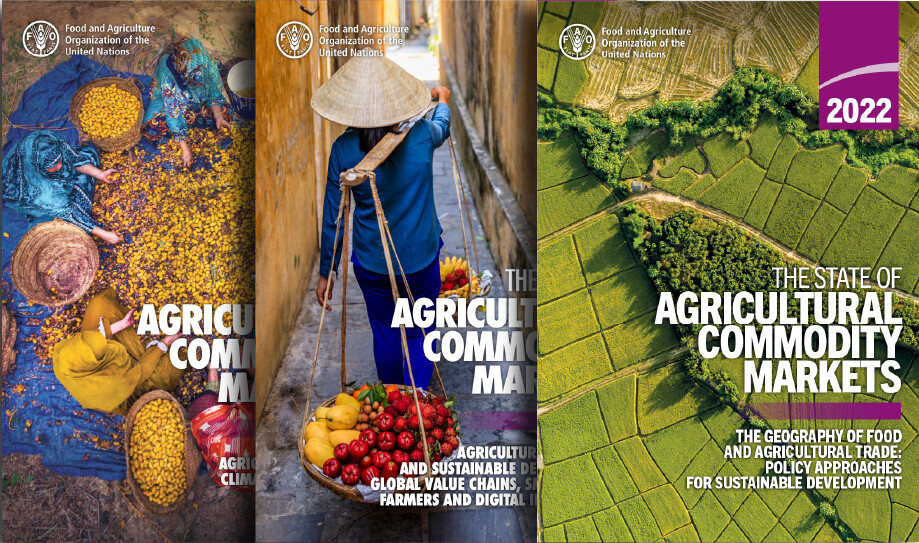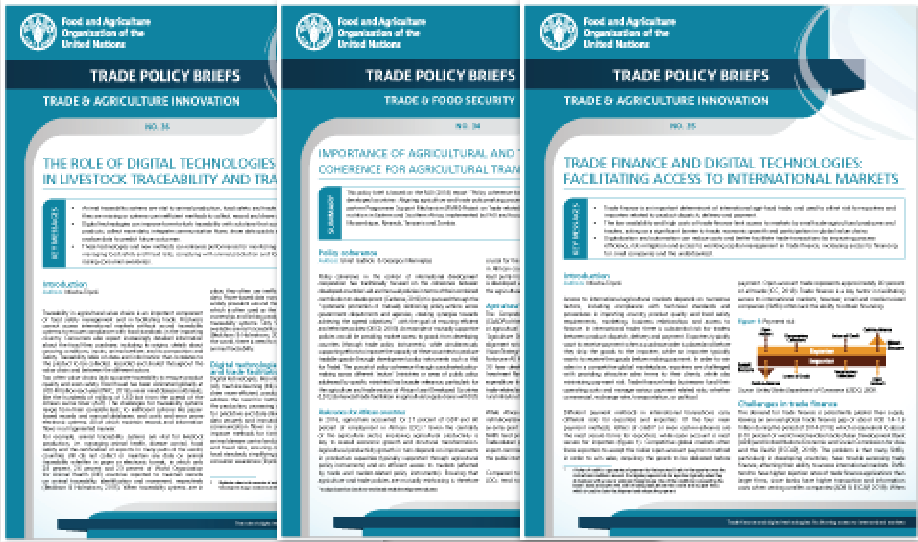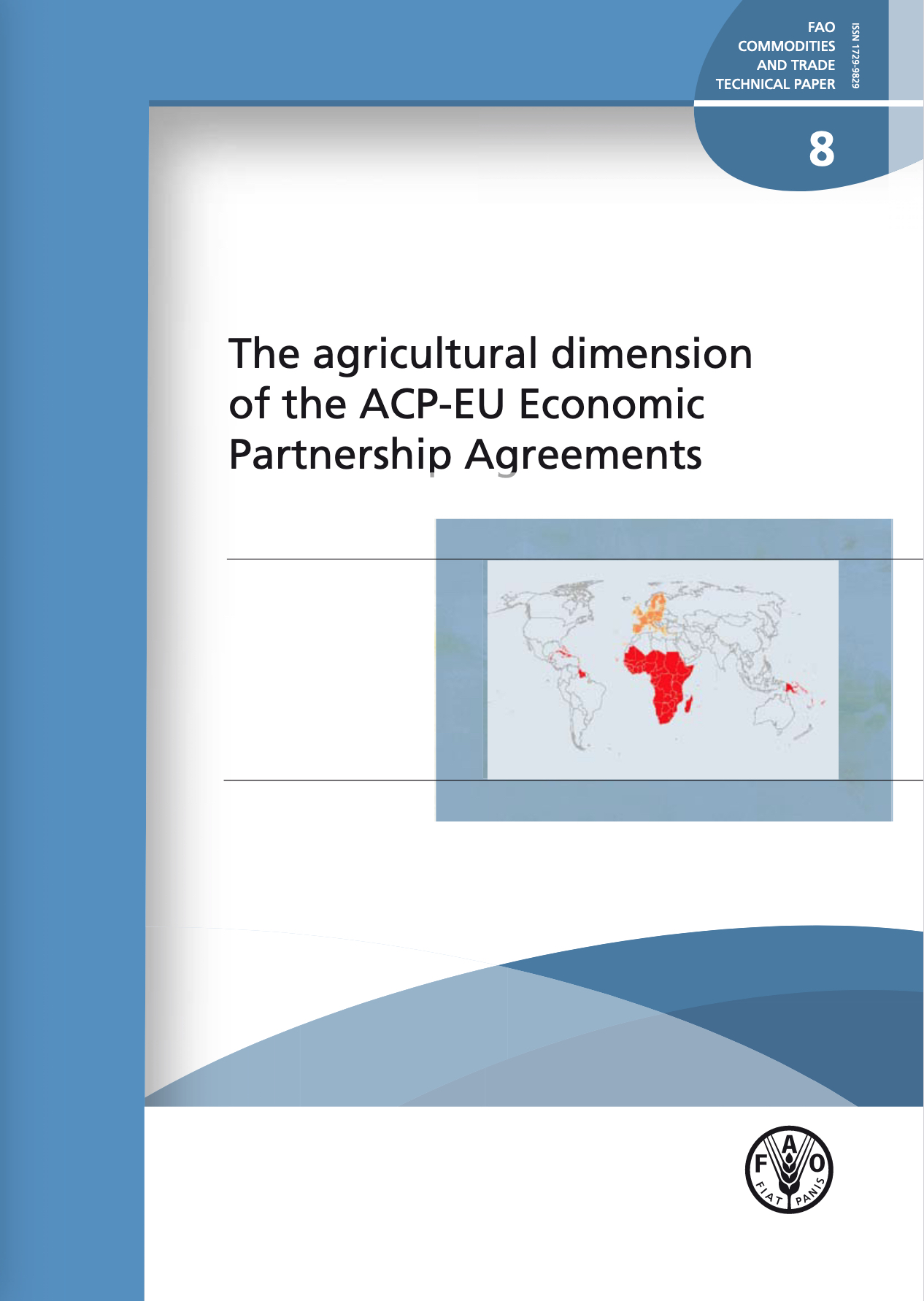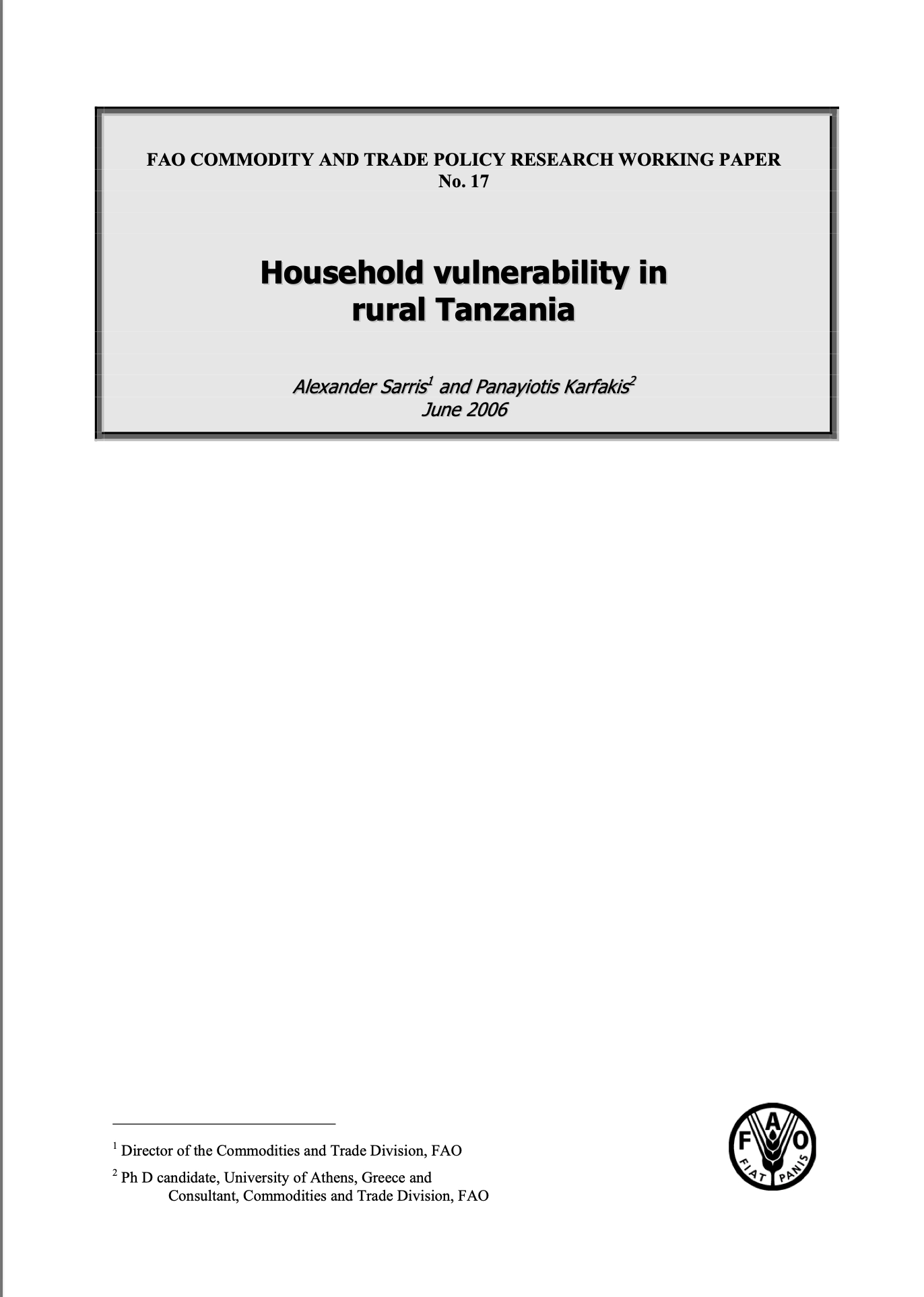Publicaciones
El centro de publicaciones de la EST sirve de escaparate de toda la actividad de la división. La mejor manera de encontrar las publicaciones es usar nuestro servicio de búsqueda, en el que puede seleccionar filtros predefinidos para optimizar su búsqueda.
World cereal production in 2006 is forecast to decline marginally from last year’s good level. Wheat output is expected to decrease reflecting smaller crops in the United States and the CIS in Europe, due to adverse weather. Production of coarse grains is tentatively forecast to decline mostly as a result of reduced plantings anticipated in the United States. Rice output may increase as very early prospects are favourable.
An FAO/WFP Crop and Food Supply Assessment Mission visited Ethiopia from 12 November to 11 December 2005 to estimate the main meher season cereal and pulse production; review the final estimates of the 2004 meher and 2005 secondary belg season harvests; forecast the 2006 belg season production; assess the overall food supply situation; and estimate cereal import requirements, including food aid needs, for the 2006 marketing year (January/December). Accompanied by...
The GIEWS Updates are issued by FAO’s Global Information and Early Warning System (GIEWS) from mid-2004. The updates focus on developing anomalous conditions aimed at providing early warnings, as well as latest and more elaborate information than other GIEWS regular reports on the food security situation of countries, at both national and sub-national levels.
An FAO/WFP Crop and Food Supply Assessment Mission visited southern Sudan from 8 to 27 October 2005 and northern Sudan from 12 November to 6 December 2005 in order to assess the current season’s cereal production, forecast wheat production from areas prepared for planting, and estimate cereal import requirements for the marketing year 2005/06 (November-October). The Mission in both northern and southern Sudan received the full cooperation of the Federal...
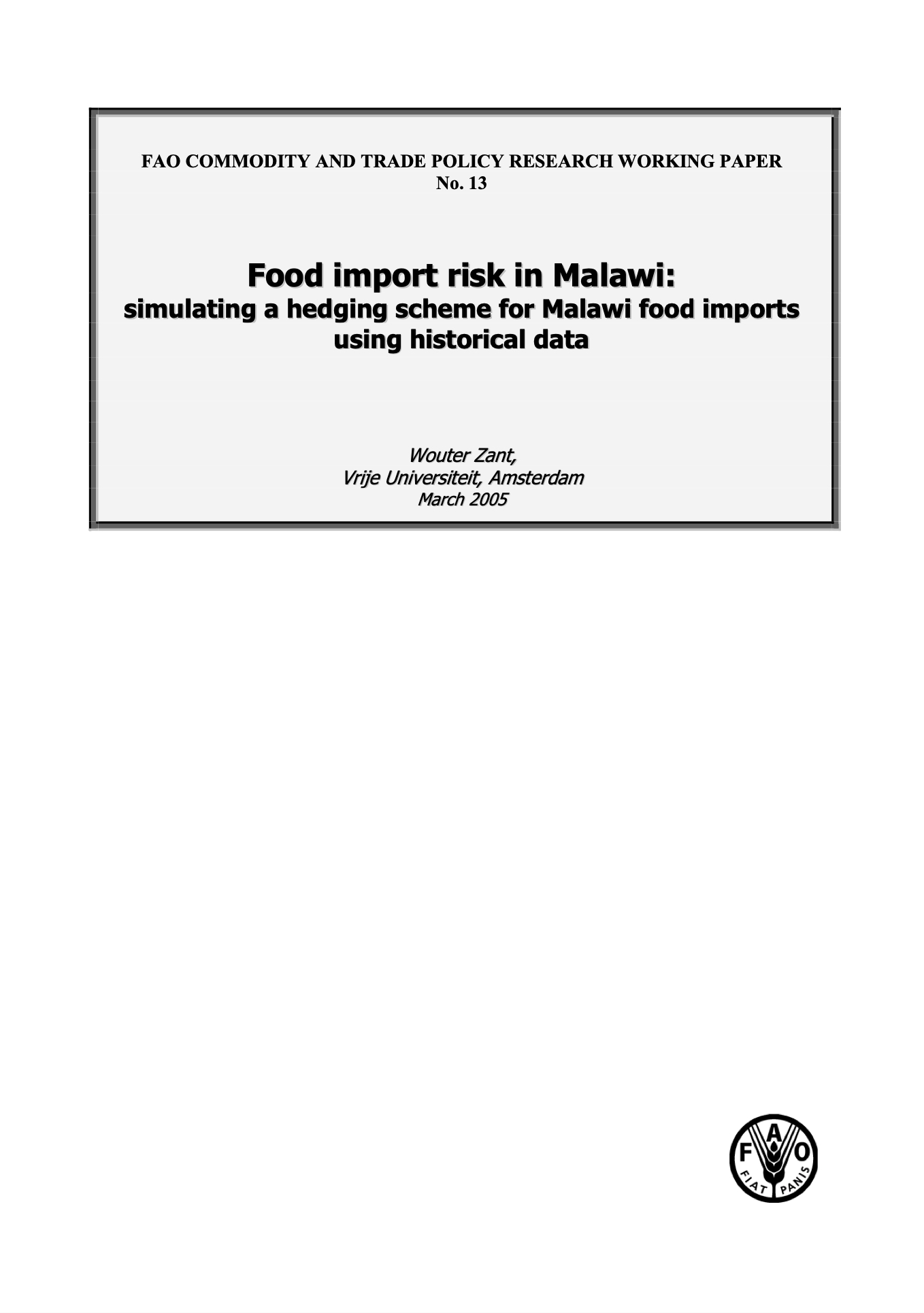
Food import risk in Malawi: simulating a hedging scheme for Malawi food imports using historical data
During the 1980s and 1990s least developed countries (LDCs) encountered increasing difficulties in maintaining national food security. By the turn of the century commercial food import bills reached unprecedented heights in terms of domestic food consumption. The already precarious state of food security has been aggravated by occasional “spikes” in food import prices. Additionally, food aid has been reduced substantially by the donor community. The combination of these three developments...
he African Caribbean and Pacific (ACP) countries are facing several major sets of closely interlinked forces that are likely to have significant impact on the development of their agriculture (including fisheries) sectors and their food security situation. The possible conclusion and outcome of both the negotiations for Economic Partnership Agreements (EPAs) under the Cotonou Agreement (with the EU) and the WTO Doha Round pose serious concerns on the future of...
This paper develops a measure of rural household vulnerability that combines existing approaches to estimating idiosyncratic risks with an approach to measuring covariate risk arising from crop production. The methodology is applied to rural households in Tanzania, using household surveys in two export crop producing regions. The results suggest that covariate risk arising from crop production faced by rural households is substantial and increases with farm size. Consumption is estimated...
This paper explores empirically the issue of the demand, namely the willingness to pay (WTP), for rainfall-based insurance, in the context of a poor agrarian economy, with rural households significantly dependent on agricultural commodity risks. Using data from recent household surveys in the Kilimanjaro and Ruvuma regions of the United Republic of Tanzania, both important agricultural producing regions, the paper ascertains the nature of the weather related risks faced by...

The role of agriculture in reducing poverty in Tanzania: A household perspective from rural Kilimanjaro and Ruvuma
This paper explores how farm productivity affects poverty, and how various factor market constraints affect farm productivity. The empirical analysis draws on representative surveys of farm households in Kilimanjaro and Ruvuma, two cash crop growing regions in Tanzania. We find that poorer households do not only possess fewer assets, but are also much less productive. We find that agricultural productivity directly affects household consumption and hence overall poverty and welfare....

Market access and preferential trading schemes: evidence from selected developed and developing countries
This report is aimed at analyzing the degree of protection faced by exporters in the EU, Japan, the United States, China, India and Brazil, and at identifying the contribution of product groups to the observed degree of market access. Data on the level of applied trade barriers provided by the MAcMap database is employed to compute Mercantilistic Trade Restrictiveness Indexes (MTRIs) on the basis of bilateral trade flows generated within...

